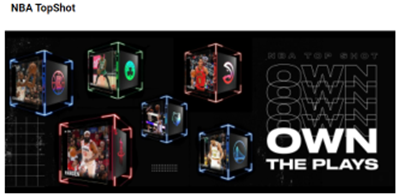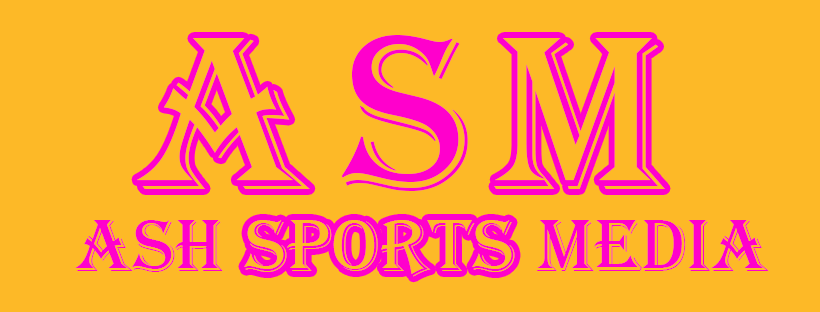Thus far, you’ve been educated about various elements involved in the metaverse. This week, you’ll discover the most fundamental wallets and marketplaces in the NFT ecosystem, projects with their marketplaces, and how some brands have evolved their virtual worlds.
Wallets
There are many key wallets across the NFT ecosystem, which involve the following
- MetaMask: it operates on browsers and mobile apps. It was created to interact with reorganised applications built on Ethereum’s blockchain.
- Dapper: Specially developed to interact with the blockchain created by Dapper Labs, Flow.
- Rainbow: A mobile-orientated wallet designed to interact with Ethereum applications and with a visual way to show your NFTs.
- Phantom: A wallet designed specifically for the Solana blockchain. Like MetaMask, it works as an extension for browsers.
Marketplaces
Opensea: it’s the globe’s largest NFT marketplace. Opensea keeps 2.5% of all transactions made within the platform.
Coinbase NFT marketplace: you’ve got options to gain followers and follow others.
Rarible: An instinctive marketplace with its own token ($RARI) for users to help with platform governance.
VeVe: it launches digital collectables from famous brands like Spiderman, Jurrasic Park and Disney.
Foundation: An Ethereum-based marketplace focused on more premium arts.
FTX NFTs Marketplace: one of the largest crypto marketplaces in the US. 5% per transaction is charged, and it supports NFTs from blockchains Solana and Ethereum.
Nifty Giveaway: this is a marketplace found on curated pieces.
Big projects
Some projects have created their marketplaces, including the below.

Users can collect NBA moments and exchange them with other users.

Users can collect creatures with different features and then compete against each other alongside selling them.

This fantasy football game allows players to buy, sell, trade, and manage a virtual team.

This consists of 10,000 avatars and is now a symbol of the crypto community. Being placed on marketplaces brings visibility and greater liquidity potential to the project.
Virtual Worlds
As Facebook has changed its name to Meta, the metaverse began making more headlines meaning they generate more money.

The above graphic represents a virtual world where players can build virtual experiences. The company sells land from this world to other creators and brands.
Below is a map of the game, notice how some brands can own some land.

To summarise, the most popular wallets across the NFT ecosystem appear to share similar themes, involving being built on mobile apps and popular blockchains. The most lucrative marketplaces seem to own their tokens and launch digital collectables for well-known brands. Regarding notable projects, they tend to focus around allowing their users to feel a sense of ownership over their digital assets and experiences; a similar applies to the virtual world.
To learn more about the full benefits of the metaverse, click here.


2 thoughts on “Lesson 3 about the metaverse: Wallets, marketplaces, big projects, virtual worlds and more”